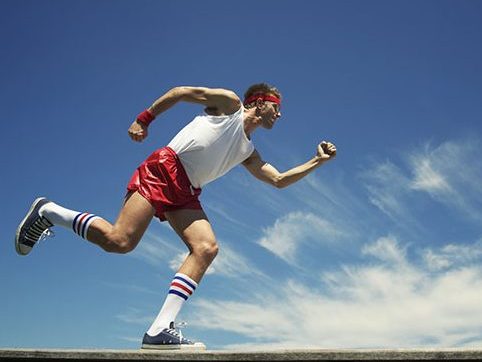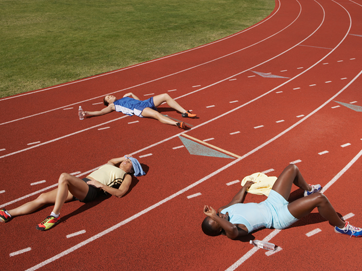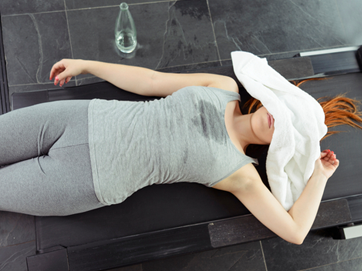Most of us are familiar with the idea of gait analysis these days, but is it really necessary and does it really help achieve anything, like a reduction in injury risk?
If you’re not injured and not looking to improve your performance, then ‘don’t fix what ‘ain’t broke’. When buying new running trainers it is really important that you try them out and you know that they’re are comfortable, but it isn’t essential to add gait analysis as a routine part of this process. However, gait analysis can be tremendously helpful when combined with gait retraining in the context of running injuries.
If we look to well-rounded science, there’s little robust research that highlights the benefits of gait analysis when it comes to reducing running related injuries. There have been studies, however, that show that different running styles are associated with different types of injuries (as in forefoot or rearfoot strikers).
There is also a growing body of evidence that changing our running style in the context of treating certain running related injuries can be valuable.
For instance, Irene Davis, a researcher in the US, demonstrated that gait retraining was effective in treating patellofemoral pain in female runners.
The question that I’m often asked is – ‘What is an ideal running style?’
In short, there isn’t one.
Let’s reframe the question, and ask instead, is there a better style which helps us run more quickly and efficiently?
If you’re a runner whose PB’s have plateaued despite rigorous training, a good diet etc., then gait analysis/retraining may offer you the ‘marginal gain’ that you were looking for.
Common elements that may make a running style slow and inefficient, include:
- A slow cadence, with prolonged ground contact times (this means a slow, lolloping stride).
- Excessive ‘vertical oscillation’ – which is essentially bobbing up and down on the spot – a little like the chewable soft mint character called Mr Soft.
- Runners who shuffle along without picking their knees up and feet up. The slightly more technical terminology for this would be to say that you have ‘poor hip and knee drive’.
- Runners who run along as if their knees are tied together, with an excessive cross-over or ‘tight rope’ style gait.
- Poor trunk and arm control. Think runners who look like they’re rotating their trunk side to side as if they’re hitting a punch bag in a Rocky movie.
- Runners who limp. Perhaps this is an obvious one, but that’s likely to be a sign that an underlying injury needs attention.
How do we improve this, to get you running more like Mo and less like Phoebe?
Let’s say that you’ve been prone to an IT band problem, and your gait analysis shows that you have a very narrow step width and a slow cadence – recognised contributors to this problem.
To increase your step width, I would ask you to imagine that you are keeping a little ‘light between your knees’ as you are running. If you are running in front of a mirror on a treadmill, you can easily monitor your success with this. Often, if the coaching ‘cue’ is right for you, you will see and feel a very rapid improvement in your symptoms as you have instantly changed the mechanical loading. Tweaking your running style might feel a little odd, like trying to write with your opposite hand, but after five or six weeks you’ll really have this nailed.
Less shuffle, and a better 10K time!
If you want help with optimising your running style, why not book in for an assessment, click here, or get in touch by emailing me at [email protected]



